Discover the Enigmatic Hato Caves in Curaçao
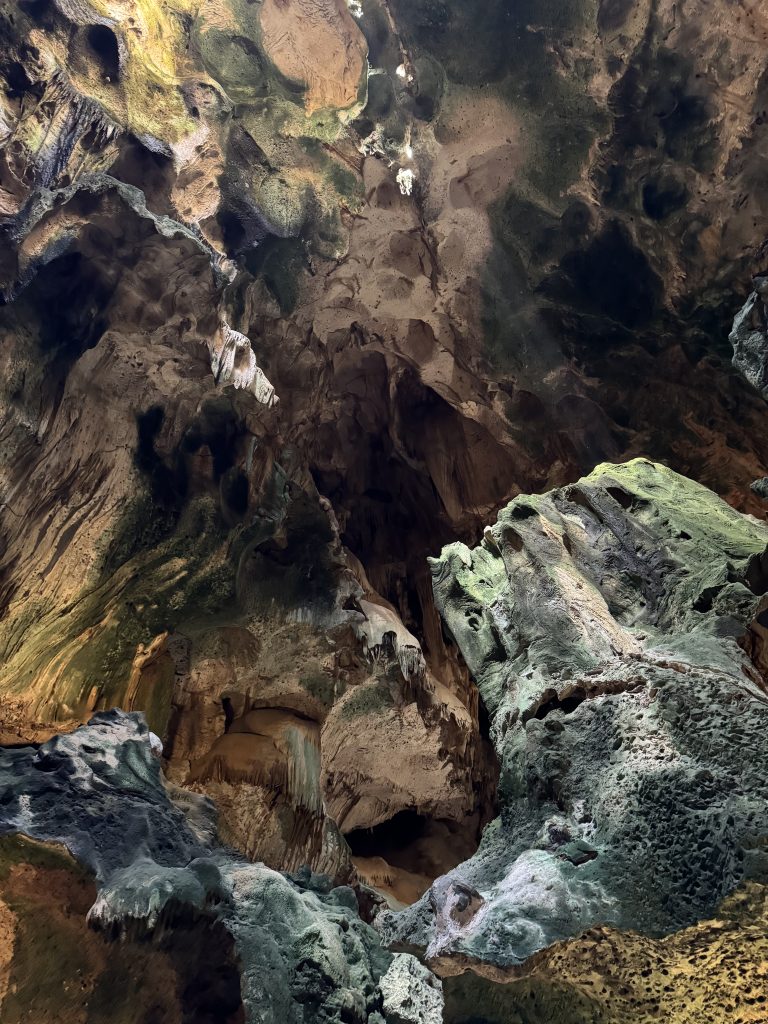
Cruising through the Caribbean is always a dream come true, with each port stop offering a new adventure. As I stepped off the ship in Curaçao, I was eager to uncover something unique beyond the sun-drenched beaches. That’s when I found myself at the Hato Caves, a fascinating natural wonder filled with history, mystery, and breathtaking beauty. The thought of stepping into a cave once hidden beneath the ocean was both thrilling and humbling.
If you’re stopping in Curaçao on a cruise or spending time on the island, adding the Hato Caves to your itinerary is a must, especially in the morning when the temperatures are cooler and the crowds are lighter. Here’s everything you need to know for an unforgettable visit!
The History and Formation of Hato Caves
The Hato Caves are one of Curaçao’s most significant natural attractions, formed over millions of years by the slow-moving action of water on limestone. Originally, the caves were submerged beneath the ocean, but over time, as the sea levels dropped, they emerged to reveal intricate stalactites, stalagmites, and limestone formations.
Beyond their geological history, the Hato Caves hold cultural and historical significance. The caves were once used by the indigenous Arawak people, who left behind petroglyphs estimated to be at least 1,500 years old. Later, during the dark period of colonial history, enslaved people sought refuge in these caves, hiding from their captors for extended periods.
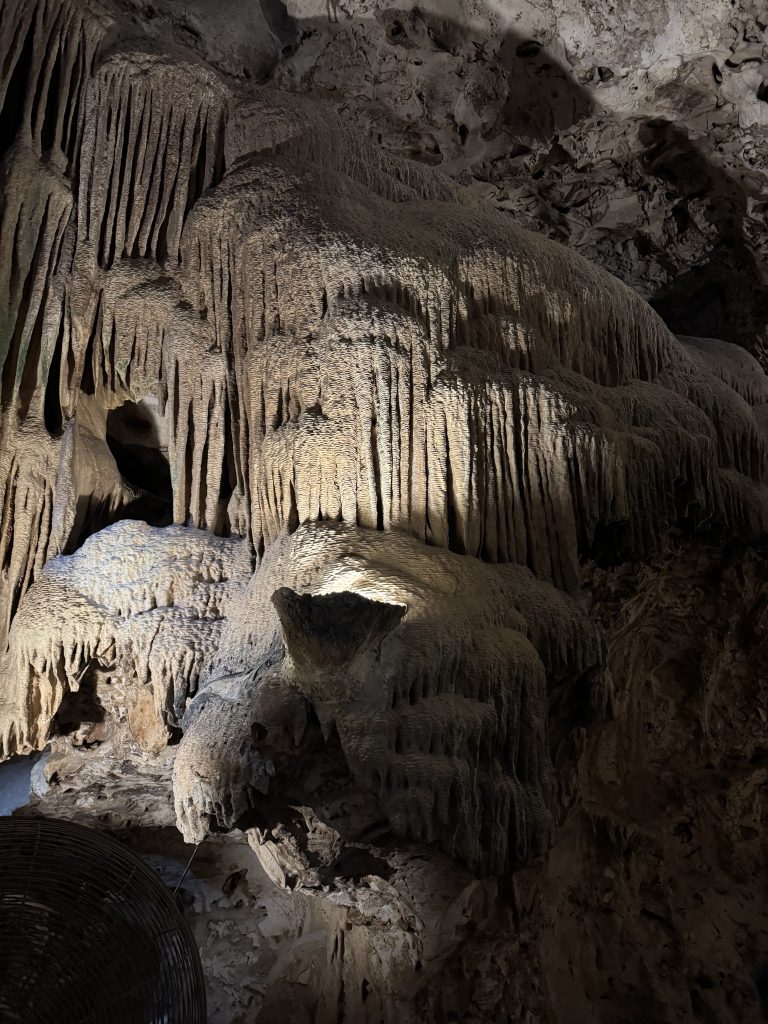
A Guided Tour Through the Caves
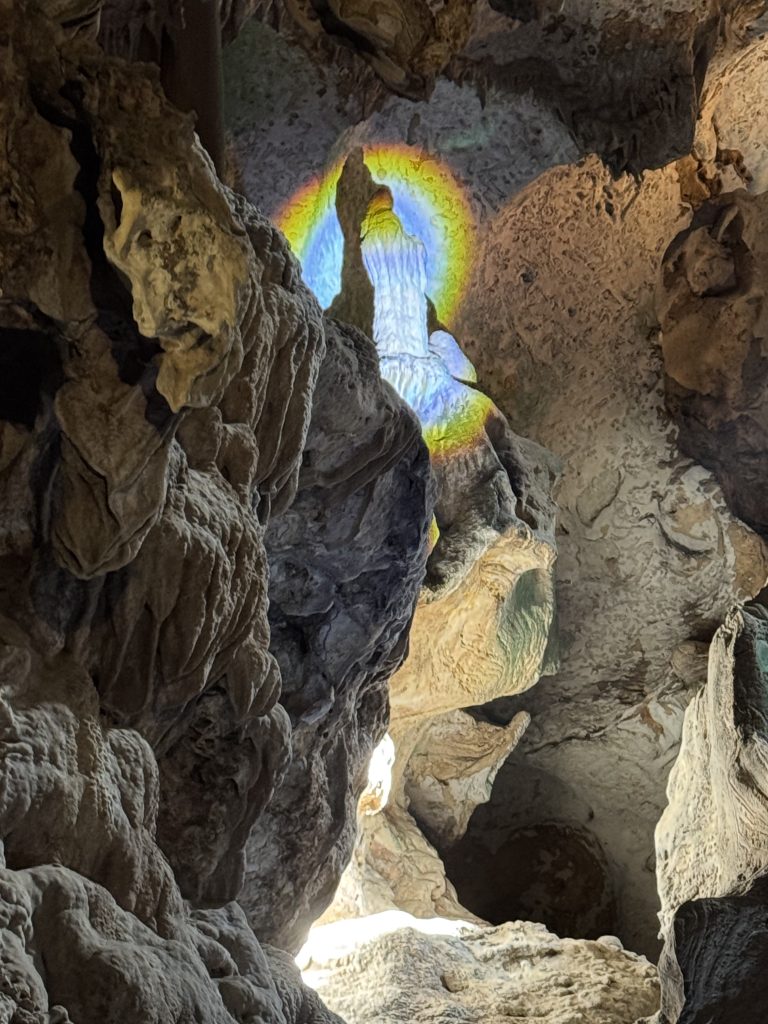
My tour of the caves started early in the morning, which turned out to be a perfect time to visit. My tour guide, Kim, led us through well-lit pathways, winding through chambers filled with awe-inspiring rock formations. The caves are home to impressive stalactites and stalagmites, some of which have formed into shapes resembling animals and mythical figures.
One of the highlights was the “Room of Tears,” where water droplets continuously seep from the cave ceiling, creating an effect reminiscent of tears falling from the rock. Another fascinating feature was the “Madonna Statue” formation, a naturally occurring rock formation that resembles a religious figure and has become a sacred site for some visitors.
Although the caves are well-ventilated, there is a certain humidity inside, and the natural light filtering in from openings adds to the mystical ambiance. Kim shared stories about the legends associated with the caves, making the experience feel even more magical.
Climbing Up to the Caves
Unlike many cave tours where you descend into the earth, visiting the Hato Caves requires climbing up a series of stairs to reach the entrance. This unexpected twist adds to the adventure and offers a unique perspective of the surrounding landscape. The stairs are not too steep, but they can be a challenge for those with mobility issues, so be prepared for a bit of a climb before entering the caves.
Essential Tips for Visitors
- What to Wear: Comfortable shoes with good grip, as the pathways inside the cave can be slightly damp.
- What to Bring: A water bottle to stay hydrated, a camera (without flash for bat conservation), and a light jacket if you’re sensitive to humidity.
- Best Time to Visit: Morning hours are ideal to avoid the heat and crowds.
- Tour Duration: The guided tour lasts about 45 minutes, making it an easy addition to your day’s itinerary.
The Bat Colony and Conservation Efforts
Another unique aspect of the Hato Caves is their bat population. Several species of bats call these caves home, playing a crucial role in the local ecosystem. The cave system is carefully protected to ensure these creatures are not disturbed, and visitors are asked to be respectful and avoid using flash photography in certain areas.
Why Visit in the Morning?
Visiting the Hato Caves in the morning was an excellent choice. Not only was it cooler outside, making the short hike to the cave entrance more comfortable, but there were also fewer tourists, allowing for a more peaceful experience. The caves themselves maintain a relatively steady temperature, but the midday sun in Curaçao can be intense, so starting early ensures you beat the heat.
Beyond the Caves: Exploring the Surrounding Area
After exiting the caves, I took some time to explore the surrounding park area, which features a small nature trail showcasing local flora, cacti, and even a chance to spot some iguanas basking in the sun. The Hato Caves are located near Curaçao’s airport, making it an easy stop for those on a limited schedule.
More to Explore in Curaçao
If you’re planning to spend more time in Curaçao, here are a few other must-visit attractions:
- Shete Boka National Park – Stunning coastal views and sea caves.
- Willemstad – A UNESCO World Heritage city with colorful Dutch-inspired architecture.
- Playa Kenepa – One of the most beautiful beaches in the Caribbean.
Wrapping Up an Unforgettable Experience
My morning adventure at the Hato Caves in Curaçao was both educational and awe-inspiring. From the rich history to the stunning natural formations, this hidden gem is well worth the visit. If your cruise itinerary includes a stop in Curaçao, I highly recommend starting your day here—you won’t be disappointed!
Have you ever visited the Hato Caves? Share your experiences in the comments below!

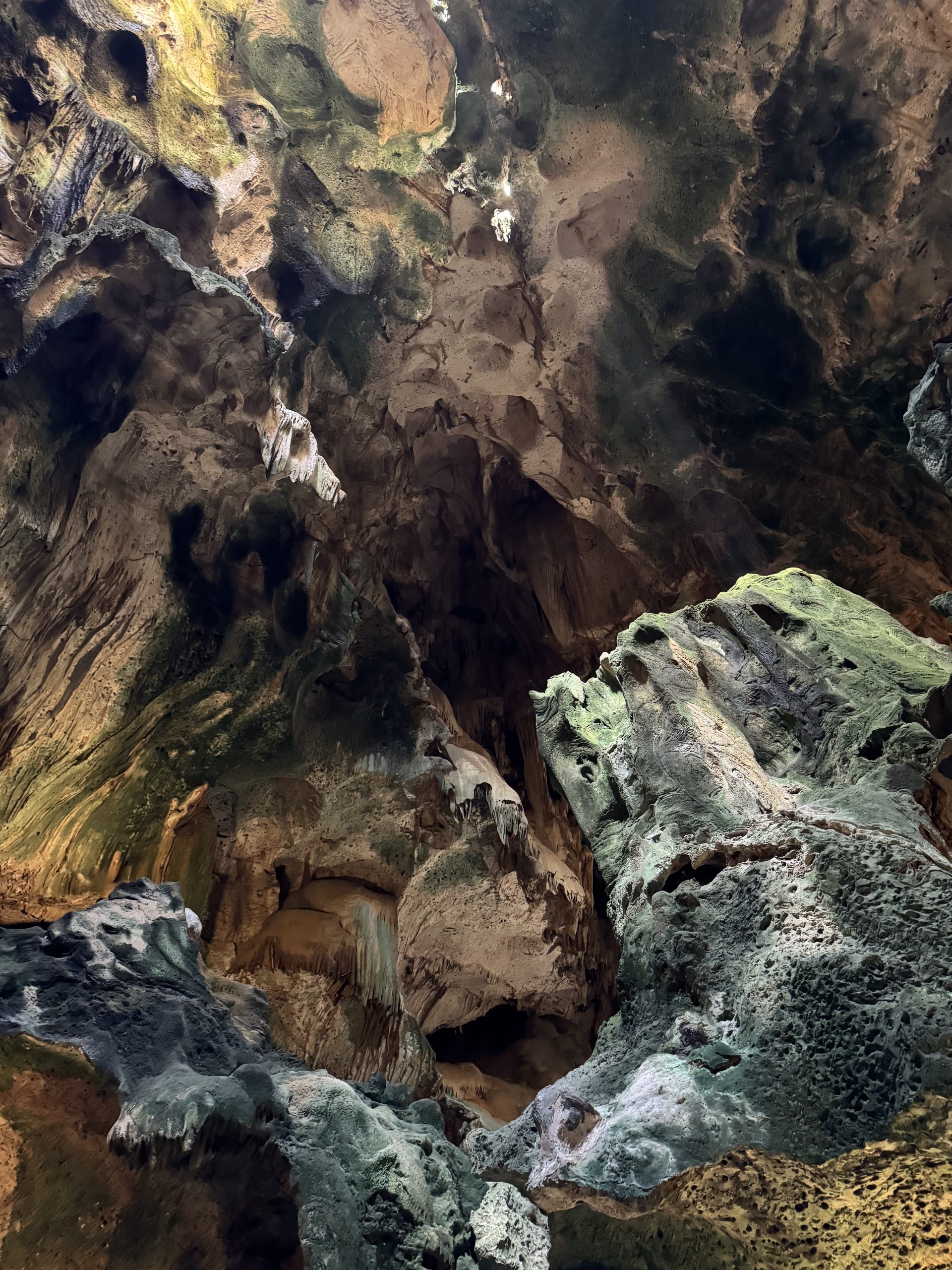

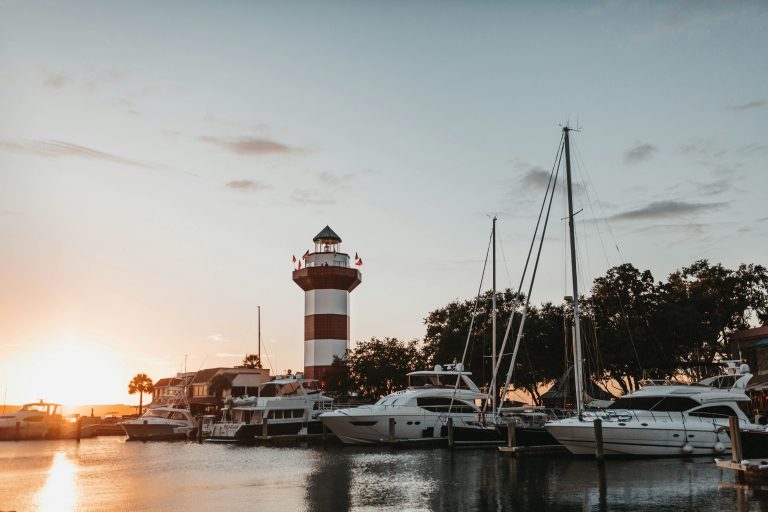




2 Comments